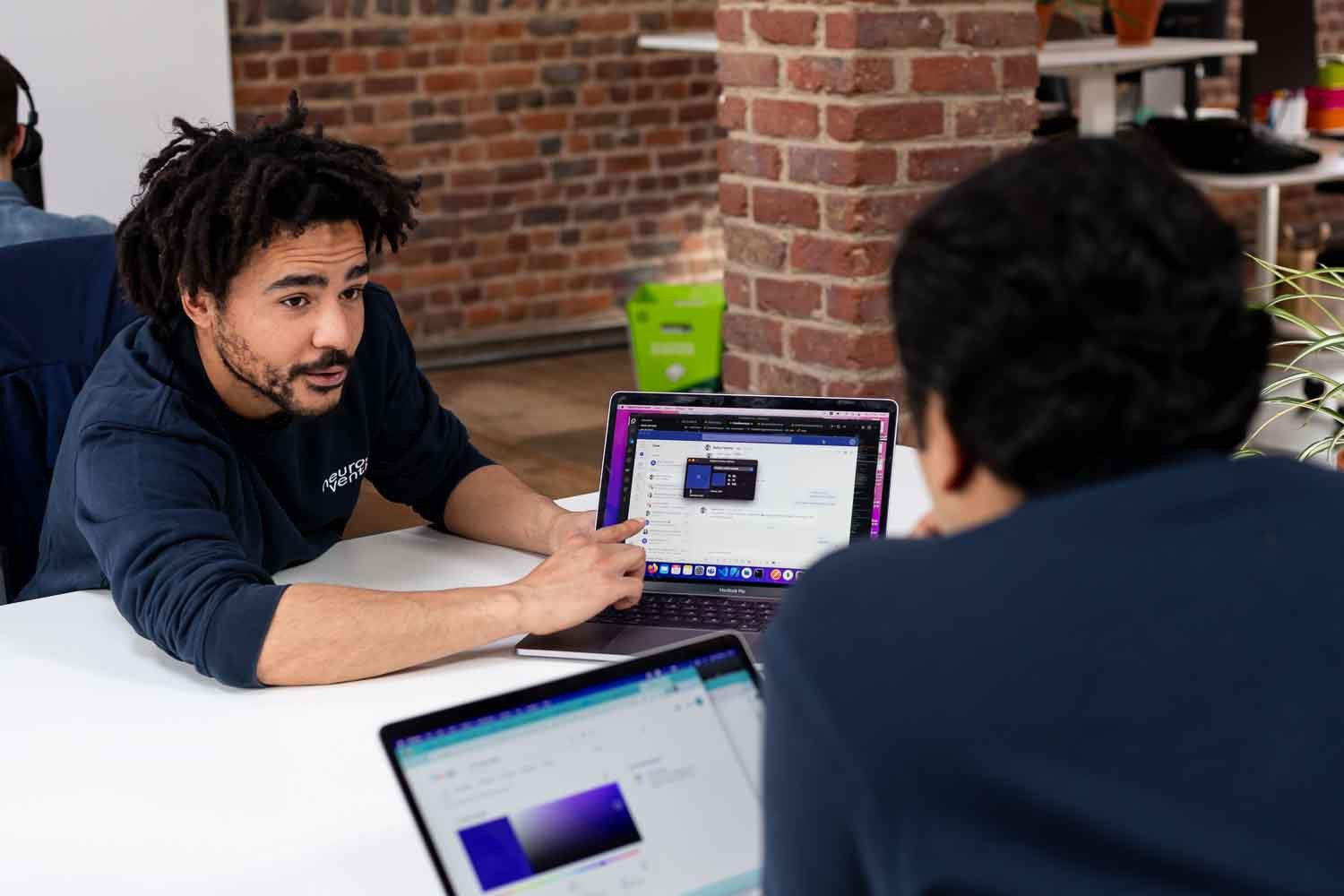I love photographing creative people – musicians, dancers, actors, artists… But it isn’t every day that I have an opportunity to shoot a talent as hot as Gianni Guettaf. The young actor won a starring role in his very first film, ‘Animals’, by Belgian director Nabil Ben Yadir (‘Les Barons’). With ambitions to further his acting career, he came into the studio as Animals premiered across Belgium.
He was charming and relaxed, and his face passed so easily from one emotion to another that I sometimes had trouble keeping up. But he was patient and appreciative, and in the end we both enjoyed the session.
For most of the shoot we played with low-key lighting that gives the images a ‘noir’ feel.
What impressed me in particular was Gianni’s ability to embody complex internal states without recourse either to words or to theatrical facial gestures. Nothing was overstated. I’d say he was a natural.
Now I’m just waiting for a chance to get to the cinema to see him in the film itself.












